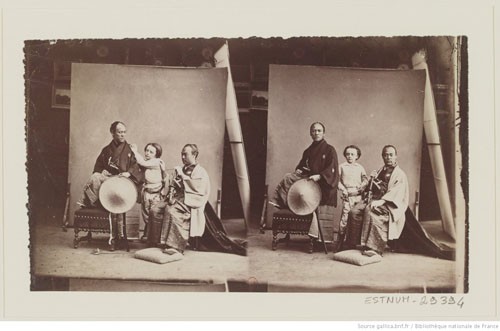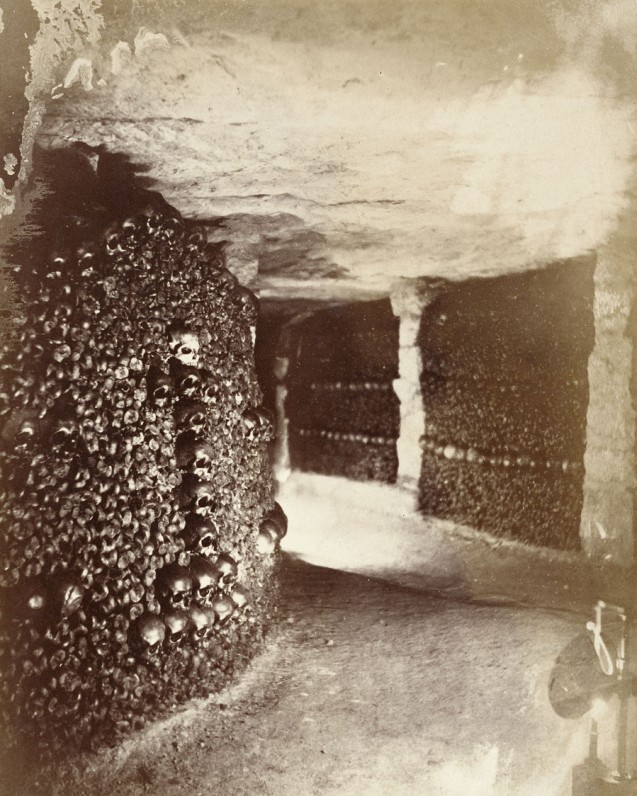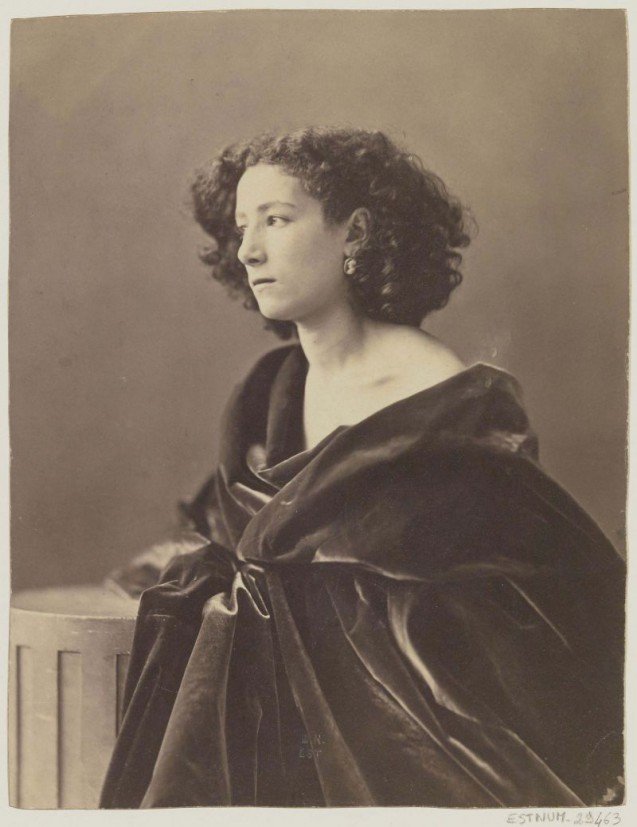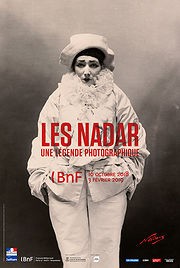Franco-Japanese relations
After being closed to European power for several centuries, Japan in the 1850s faced extreme pressure to open her ports to foreign shipping. A first treaty with the US in March/May 1854 (Convention of Kanagawa) was followed swiftly by treaties with European powers, namely Britain (the Anglo-Japanese Friendship Treaty of October 1854), Russia (Treaty of Shimoda of December 1854), France (November 1855), and the Netherlands (the Dutch-Japanese Treaty of Peace and Amity of Jan/Feb 1856). The great year of 1858 saw a second treaty with the US (the Harris Treaty) which was the stimulus for the so-called Ansei treaties between the Netherlands, Russia, Britain and finally France on 9 October 1858. This latter Edo Treaty coerced Japan into peaceful relations with France as well as extorting commercial rights, though these latter were limited geographically.
Internal Japanese tensions regarding the presence of westerners in the Japanese archipelago between supporters and opponents of opening up then led to a worsening of the situation. And so, in 1862, Japan send a delegation to Europe led by Takenouchi Yasunori, governor of Shimotsuke Province (present-day Tochigi Prefecture) with the aim of renegotiating the different treaties. The following year, 1863, the Emperor Komei’s infamous “order to expel barbarians” sparked a serious crisis, resulting in the bombardments of Shimonoseki (French) and Kagoshima (British). Simultaneous with these military actions, a second Japanese embassy headed for Europe in 1864, though it was to meet with little concrete success. It was the British and French bombardments which forced the Japanese to abandon policies of expelling barbarians and really opening ports to western trade.
In France, the first Japanese delegation was received by the Emperor Napoleon III at the Tuileries Palace on Sunday 13 April 1862 (Le Monde illustré, 19 April 1862). The photographer Gaspard-Félix Tournachon, known as “Nadar” (Tournachon first adopted the pseudonym “Nadar” in 1838 in the Paris newspaper Les papillotes) made a series of portraits of the different members on 17 and 18 April.
Paul “Nadar” and two members of the Japanese delegation as seen by his father Félix “Nadar”

Here, Nadar set his son Paul, aged 6, alongside two members of the delegation: details of this double photo can be viewed here. The photo on the right shows a formal classic pose, with the adults looking straight at the camera, whilst the second is more intimate, with the child resting his arm on the diplomat to his right and the diplomat to his left makes an affectionate gesture towards the lad.
Nadar was a gifted draughtsman and newspaper caricaturist, and today he is world famous as a photographer who played a key role in the development of photography both technically and artistically. He was a keen balloonist and also spelunker, experimenting with artificial light in order to take photos of underground sewer networks and catacombs. For this he developed the magnesium lamp, an invention he patented in 1861.

Hugely prolific, Nadar was particularly interested in portraits. Many stars came to his studio to be photographed by him: politicians and political theorists (François Guizot, Émile Deschanel, Eugène Pelletan, Michel Bakounine), men and women of letters (Victor Hugo, Baudelaire, George Sand, Alexandre Dumas, Émile Zola), painters (Eugène Delacroix, Gustave Courbet, Jean-Baptiste Corot, Édouard Manet), composers (Hector Berlioz, Charles Gounod, Gioachino Rossini), actors and actresses (the mime artist Charles Debureau, Sarah Bernhardt). His shots were never wooden, and he always captured the full character of his sitters, often achieving a subtle, soft lighting effect.

Irène Delage, October 2018 (translation PH)
These photos were part of the BnF (Bibliothèque Nationale de France) exhibition, Les Nadar, une légende photographique (“The Nadars – A photographic legend”, 16 October 2018 – 6 February 2019), featuring the half-brothers Tournachon, Gaspard-Félix (1820-1910) and Adrien (1825-1903), not to mention Paul (1856-1939), son of Gaspard-Félix, all three photographers, painters and draughtsmen. A full catalogue is available, comprising 250 illustrations, published by BnF Éditions.


